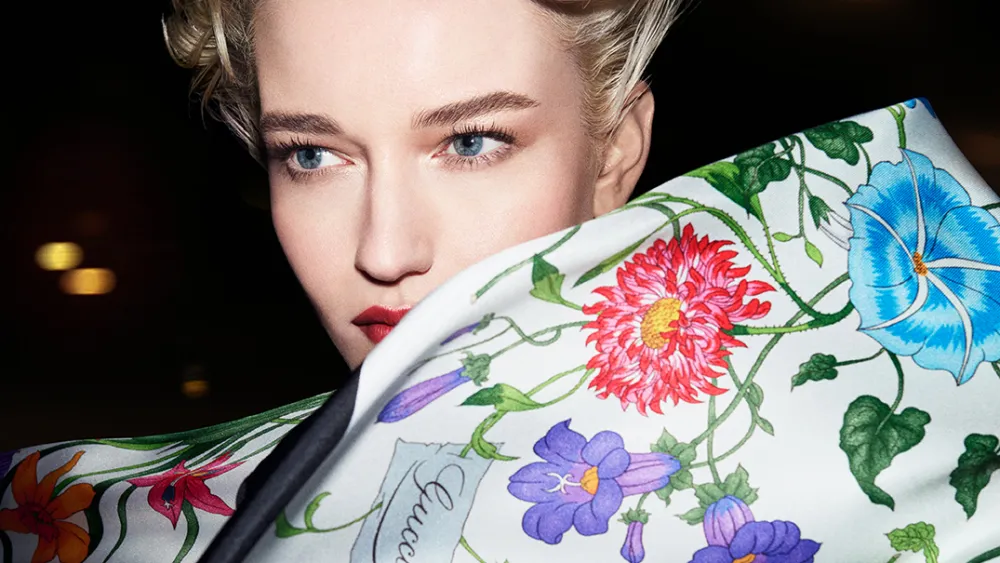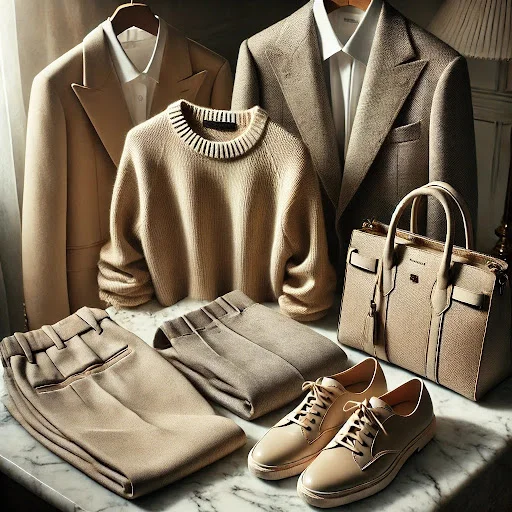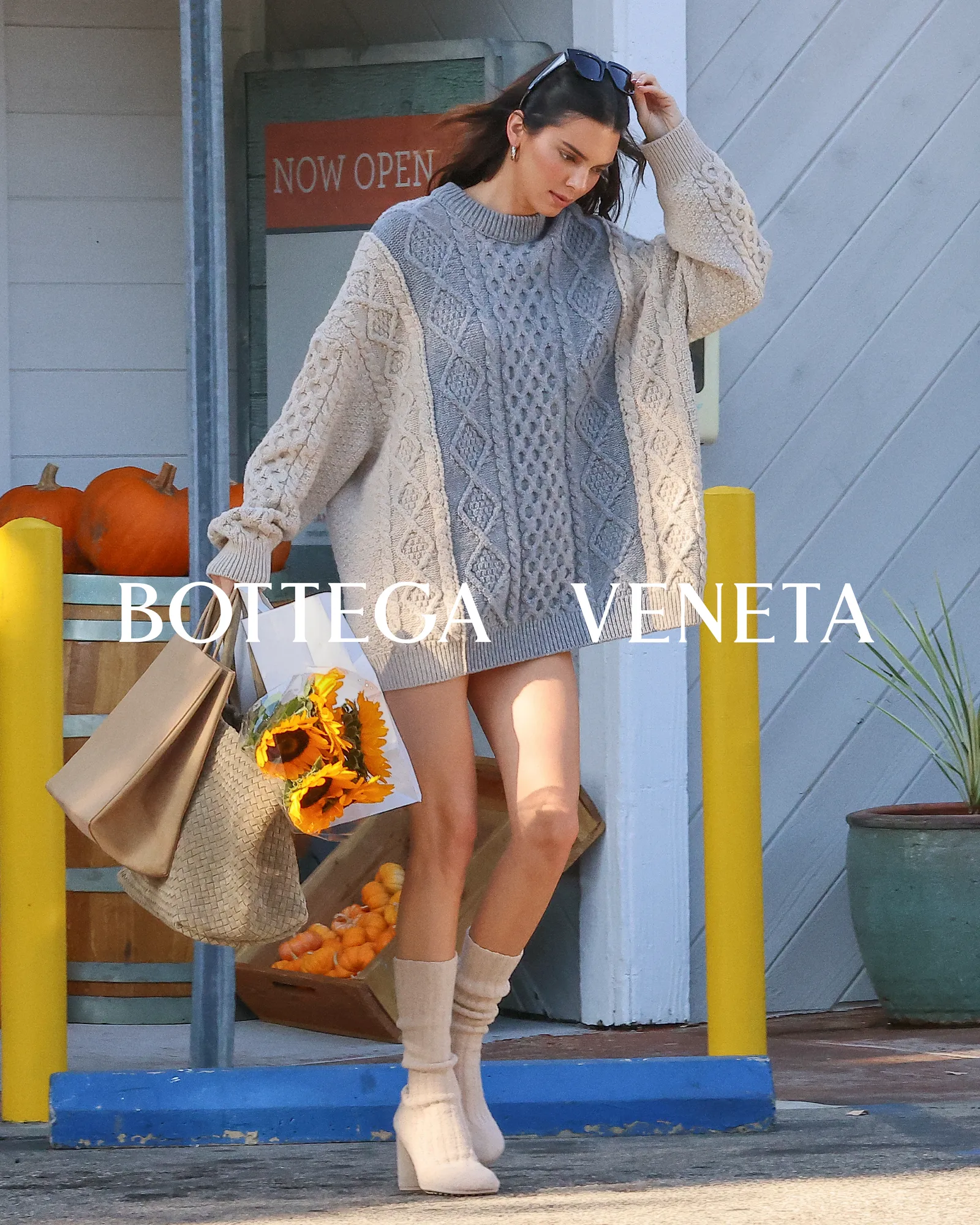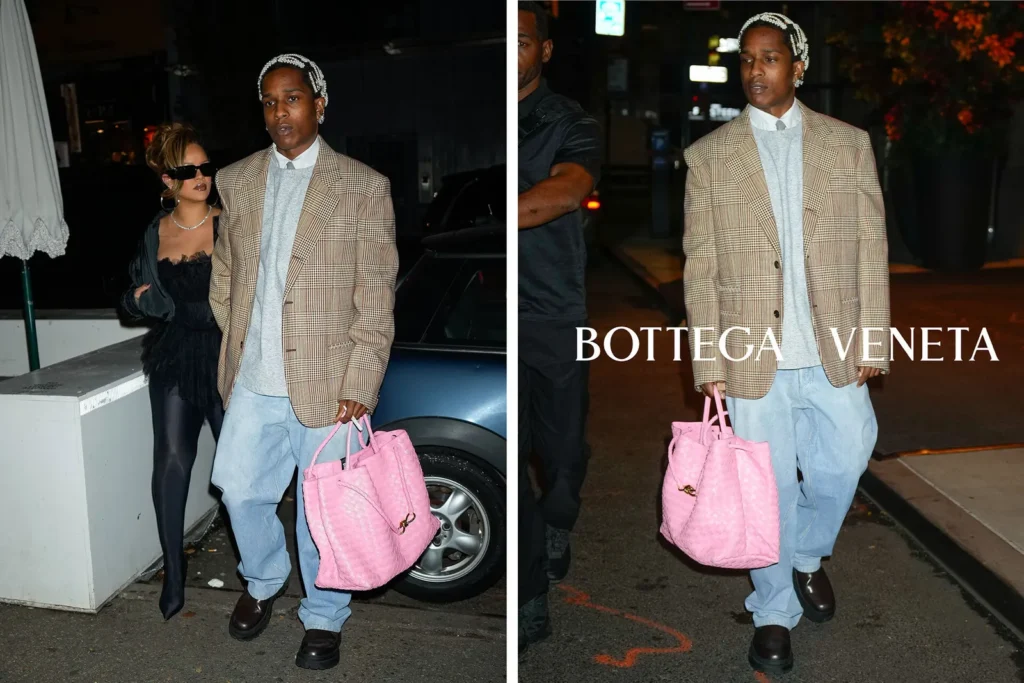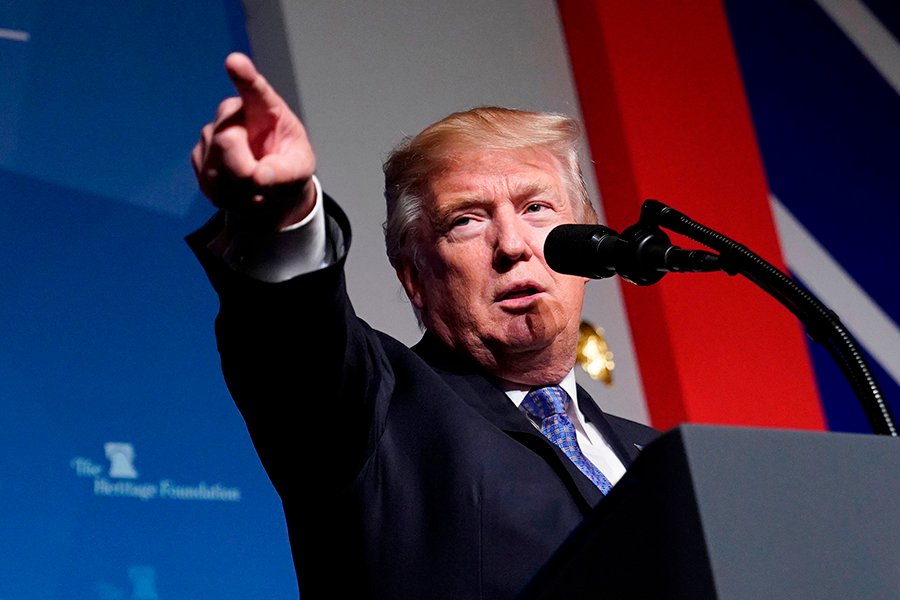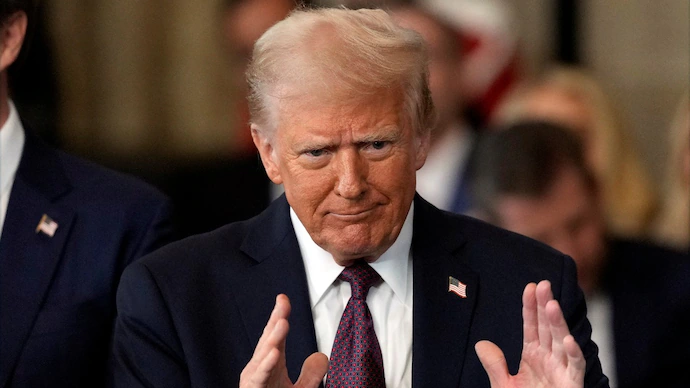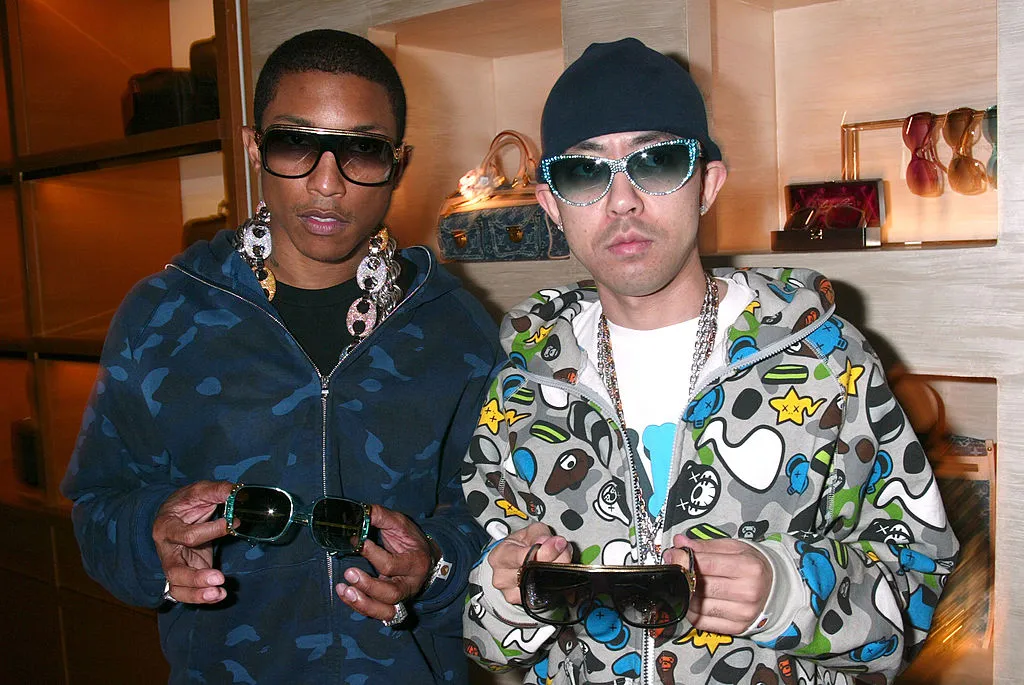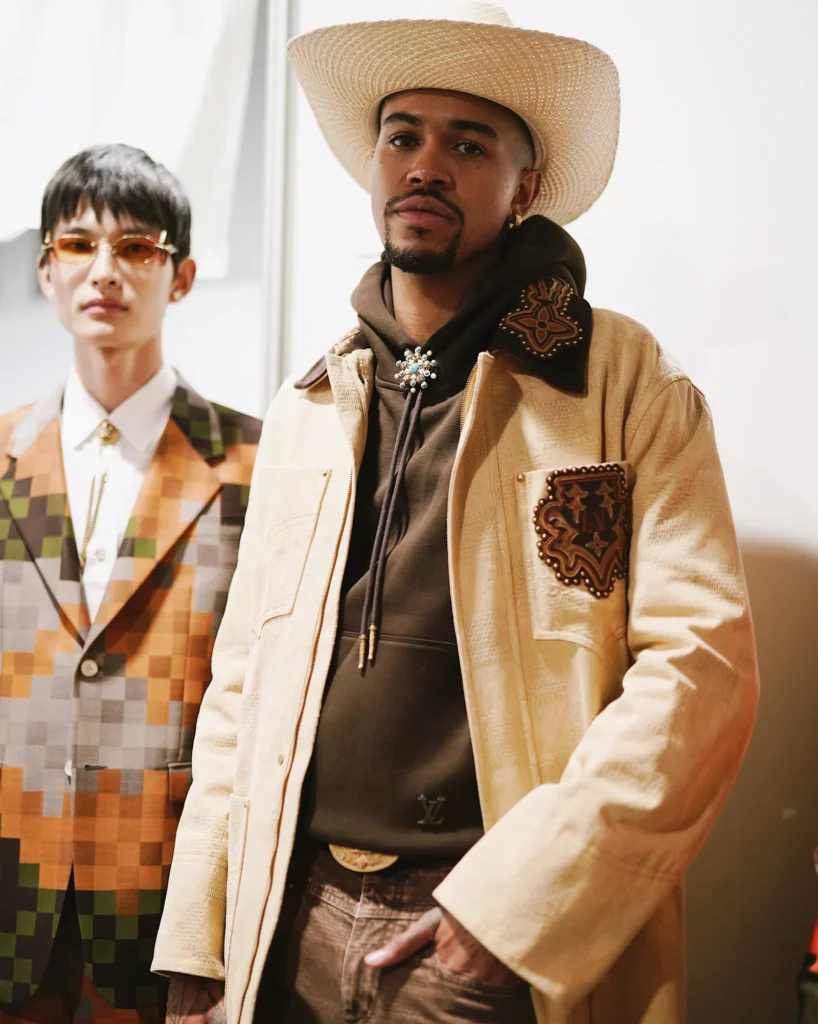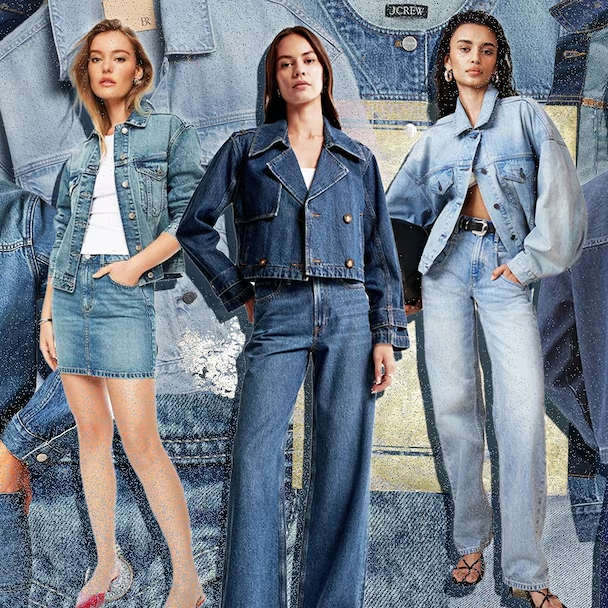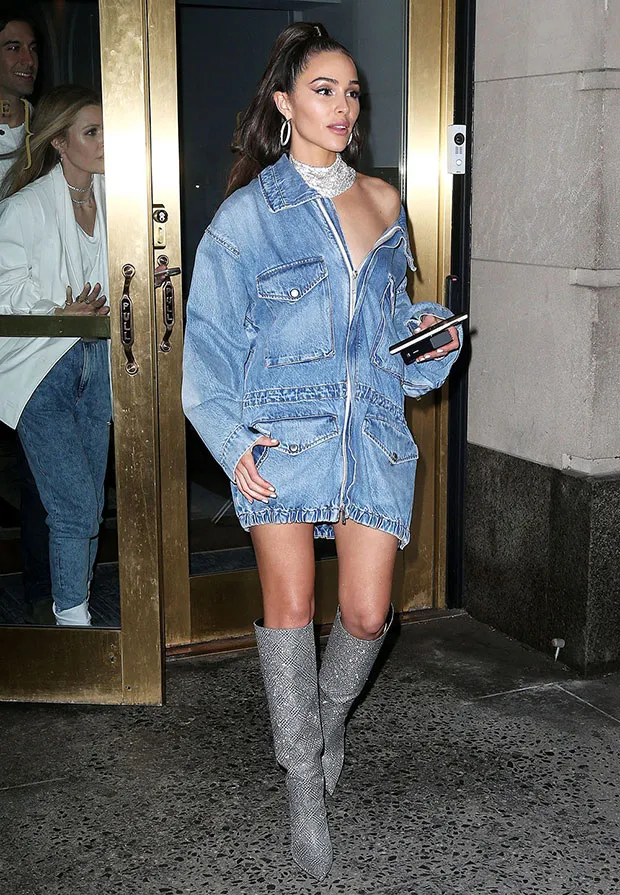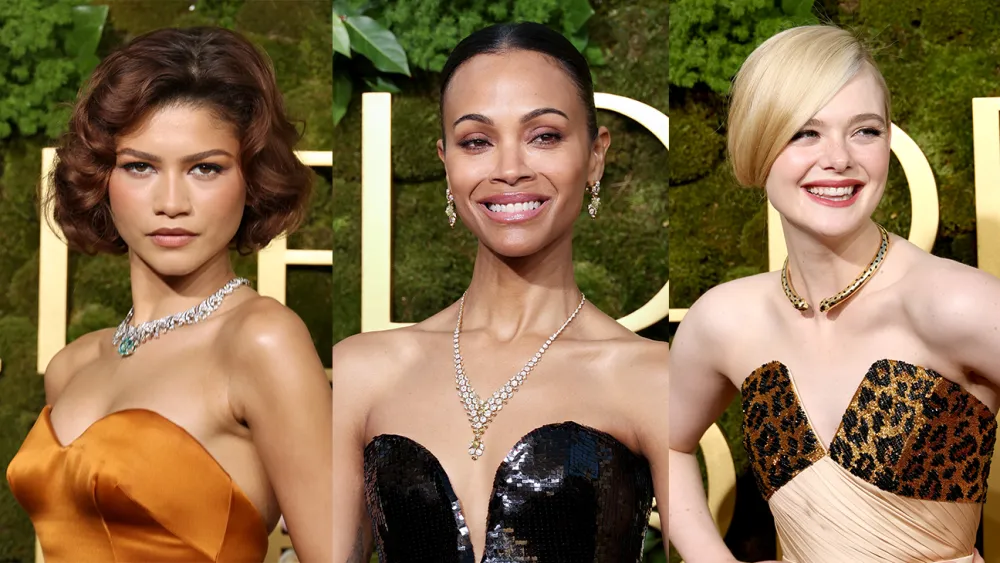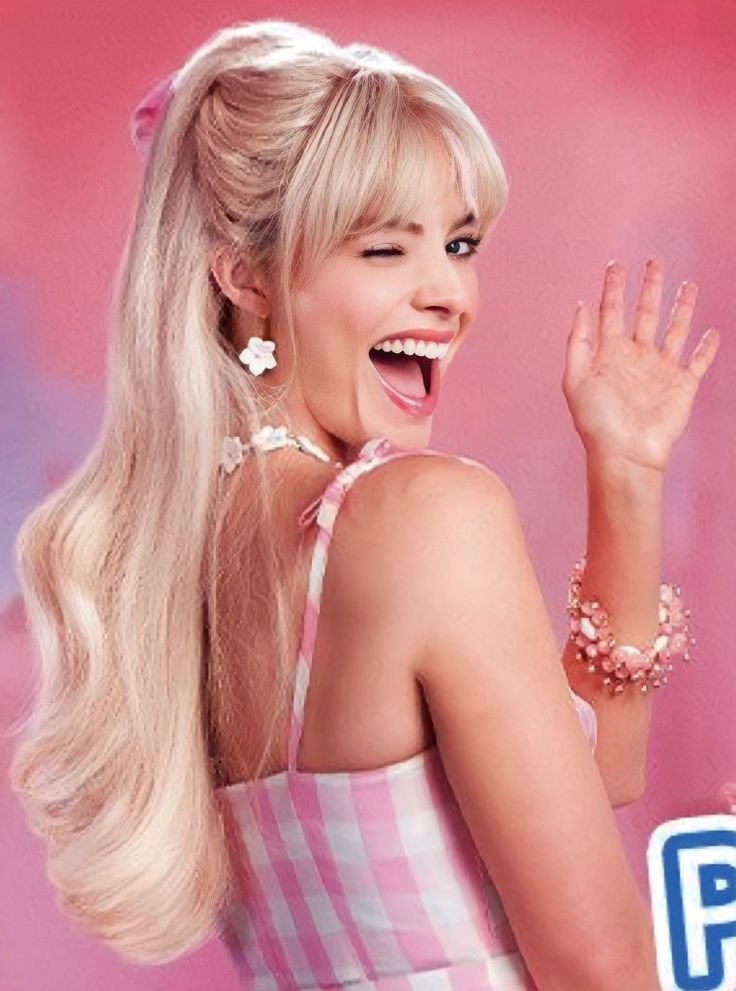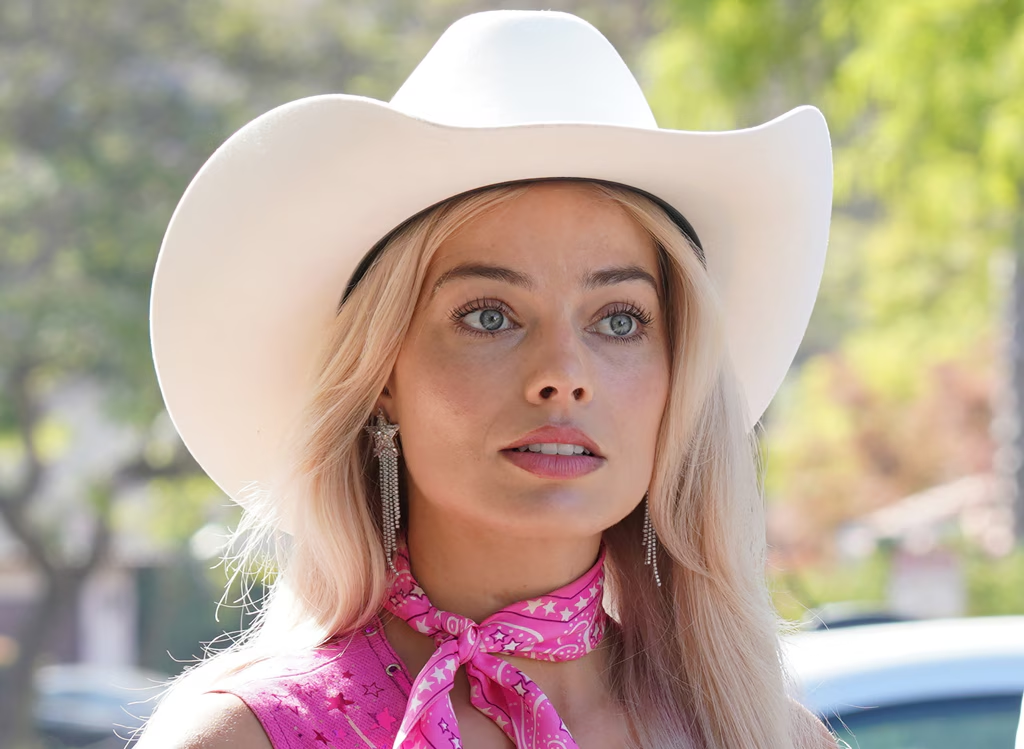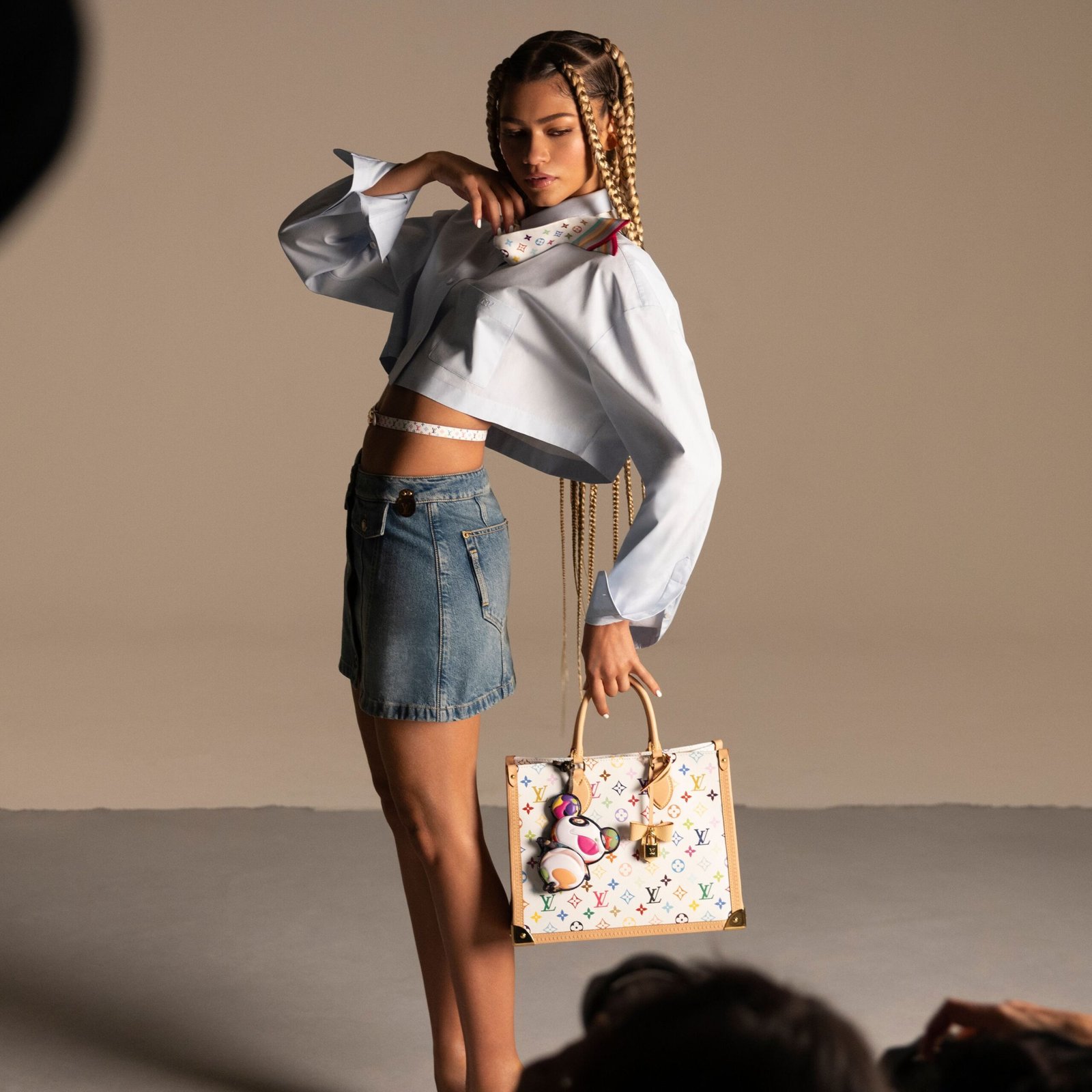The 2025 Golden Globes brought together a dazzling display of Hollywood glamour, as stars hit the red carpet in jaw-dropping looks. From the sleek sophistication of tailored suits to the sweeping elegance of couture gowns, the evening was a showcase of true sartorial excellence. Amid the sea of classic black tuxedos, a select group of celebrities truly stood out, pushing fashion boundaries and evoking the timeless allure of old Hollywood. Here’s a closer look at the standout fashion moments from the Golden Globes, featuring the stars who owned the night with their impeccable style.
Hollywood’s finest worked tirelessly to bring a blend of modern elegance and vintage charm to the red carpet for the 2025 Golden Globes. Stylists spent the holiday season crafting perfect ensembles — from couture gowns to meticulously tailored suits, and adorned with diamonds that sparkled just as brightly as the stars themselves. One word resonated throughout the evening: “glamour.” Many of the women on the carpet paid homage to the iconic fashion of the 1950s and 60s, channeling the grace and sophistication of legendary actresses like Grace Kelly, Audrey Hepburn, and Faye Dunaway. These timeless looks, featuring satin gowns, exquisite jewelry, and evening gloves, felt not only captivating but equally optimistic, echoing the sentiment shared by director Jon M. Chu about the “radical act of optimism” that was the evening itself.
Among the gentlemen, color and accessories played a key role in bringing freshness to the traditional tuxedo. Andrew Scott made a statement in a bold blue Vivienne Westwood suit, while Jeff Goldblum’s beaded jacket added a touch of playful luxury. Although many men opted for classic black tuxedos, it was the refined details and thoughtful styling choices that elevated their looks to the next level.
Here’s a closer look at the top 12 stars who made unforgettable fashion statements at this year’s Golden Globes:
Zendaya in Louis Vuitton
Zendaya’s structured custom Louis Vuitton gown was the epitome of modern elegance. Crafted from double silk satin in a stunning saffron hue, the column bustier gown featured a pleated train and was paired with Bulgari high jewelry. The vivid blue paraiba tourmaline necklace added a brilliant contrast to her ensemble, showcasing Zendaya’s unique flair for combining classic glamour with bold, contemporary touches.
Nicole Kidman in Balenciaga
Nicole Kidman’s look was nothing short of mesmerizing in a backless Balenciaga gown embroidered with crystal rhinestones. The ’60s-inspired style, paired with a vintage hairstyle reminiscent of “Valley of the Dolls,” truly captured the essence of old Hollywood, while her Boucheron diamonds and Omega watch completed the high-fashion ensemble.
Margaret Qualley in Chanel
Margaret Qualley brought both sweetness and sophistication to the red carpet in a head-to-toe Chanel creation. Her embroidered white silk dress, adorned with delicate tulle ruffles and a black bow belt, was a perfect blend of femininity and high fashion. The handcraft of the dress, which involved 7,000 embroidery elements, was truly a work of art.
Allison Janney in Christian Siriano
Allison Janney exuded strength and grace in a custom Christian Siriano gown, which showcased her shoulders with its draped-sleeve design. The soft, baby crepe fabric complemented Janney’s poise, while her diamond jewelry and Jimmy Choo heels added the perfect finishing touches.
Elle Fanning in Balmain
Elle Fanning embraced classic glamour with a modern twist, donning a recreated 1953 Pierre Balmain gown. The belted ballgown, with its stunning animal-print bodice, was updated to reflect Fanning’s signature style. Cartier’s 18-karat yellow gold Panthère collection jewelry perfectly complemented the look.
Zoe Saldaña in Saint Laurent
Zoe Saldaña’s sequin gown from Saint Laurent, paired with a dramatic silk taffeta cape, was a nod to classic red carpet elegance with a modern flair. The chocolate-hued gown, accented with a statement necklace from Cartier, added an effortlessly chic touch to the evening.
Ariana Grande in Givenchy
Ariana Grande’s Givenchy gown, from Hubert de Givenchy’s 1966 collection, was a true homage to Audrey Hepburn’s timeless elegance. With white evening gloves, Swarovski jewels, and a vintage-inspired silhouette, Grande channeled the style icon with grace and modern sophistication.
Glen Powell in Giorgio Armani
Glen Powell’s look was the embodiment of cool-guy chic. Wearing a custom Giorgio Armani velvet jacket in dark chocolate brown, Powell paired it with black tuxedo trousers and a silk shirt. His choice of accessories — a Vacheron Constantin watch and Oliver Peoples sunglasses — added a suave finish to his red carpet appearance.
Cynthia Erivo in Louis Vuitton
Known for her bold style, Cynthia Erivo turned heads in a dramatic halter gown from Louis Vuitton. The black lace and silver sequins were meticulously hand-embroidered, while her lace boots and Roberto Coin diamonds completed the daring, yet refined look.
Andrew Scott in Vivienne Westwood
Andrew Scott’s eye-catching Vivienne Westwood suit was a standout moment on the red carpet. The duck-egg blue color sparked much debate, but the impeccable tailoring and minimalist accessories — including a pearl bracelet by Lagos — made this look a memorable one.
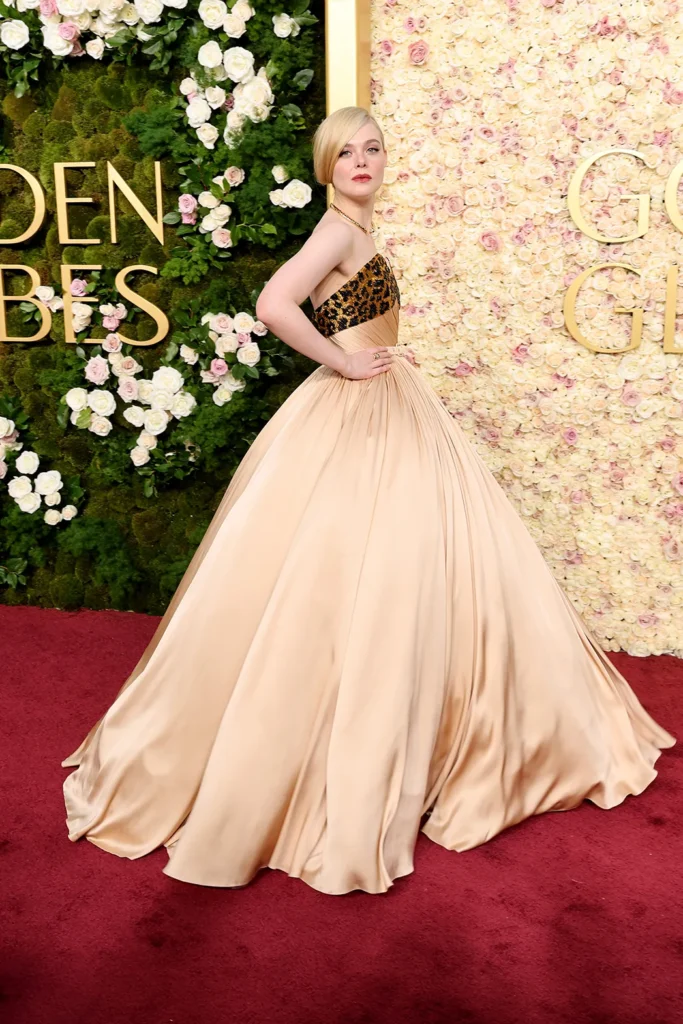
The 2025 Golden Globes red carpet was a masterclass in fashion, showcasing a blend of old Hollywood charm and modern sophistication. These stars not only wore stunning gowns and suits but also made bold fashion statements that will be remembered for years to come.


 Health4 years ago
Health4 years ago
 Health3 years ago
Health3 years ago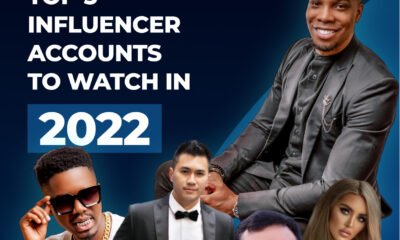
 Health3 years ago
Health3 years ago
 Fashion4 years ago
Fashion4 years ago
 Fashion4 years ago
Fashion4 years ago
 Fashion8 years ago
Fashion8 years ago
 Health4 years ago
Health4 years ago
 Health4 years ago
Health4 years ago
 Tech2 years ago
Tech2 years ago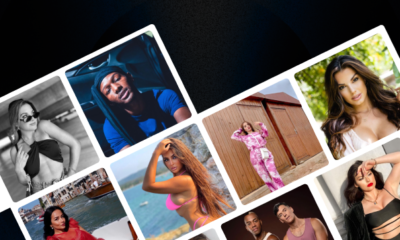
 Health3 years ago
Health3 years ago


